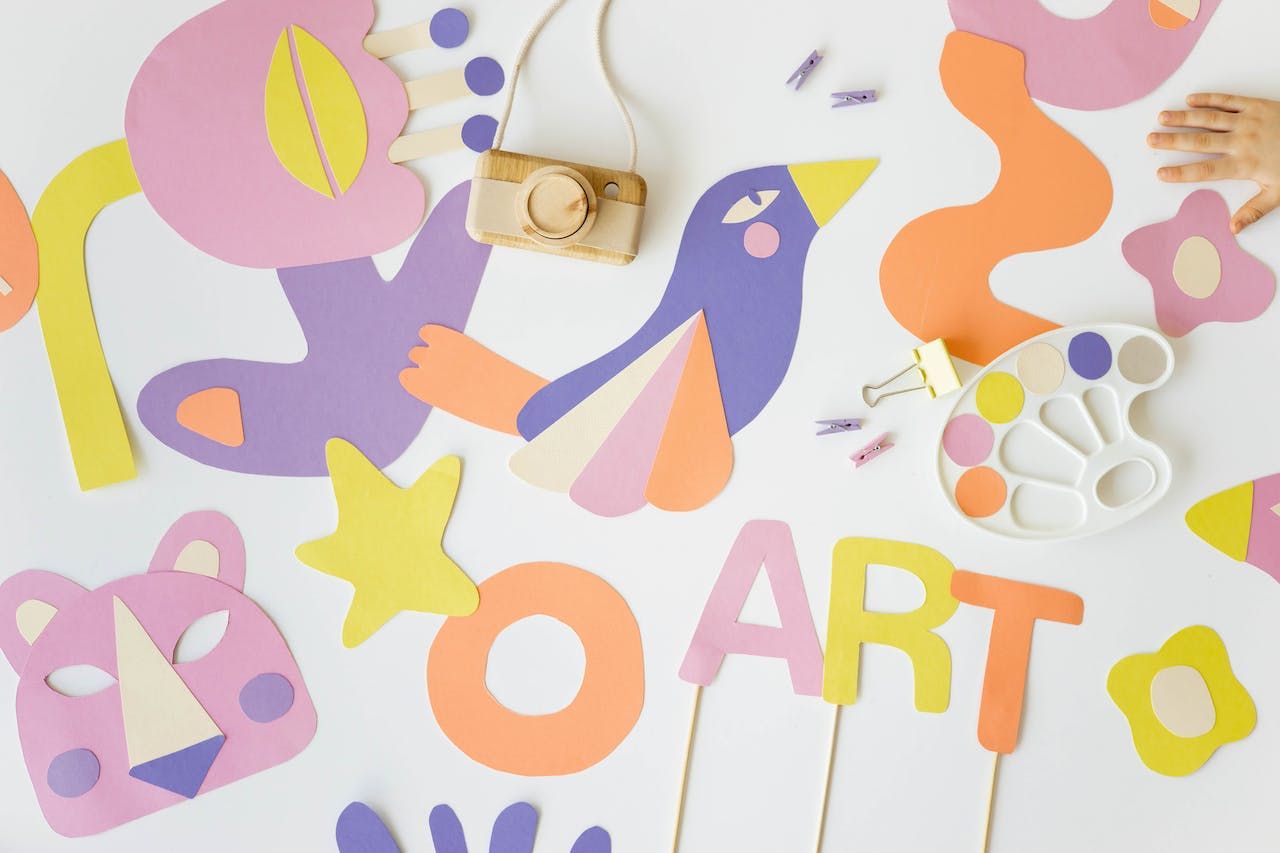Introduction to Craft Classes
Crafting is more than a hobby; it's an art form that enables individuals to explore their creativity while connecting with others. Craft classes provide the ideal platform to understand its core principles, discover its advantages, and embrace its growing culture.
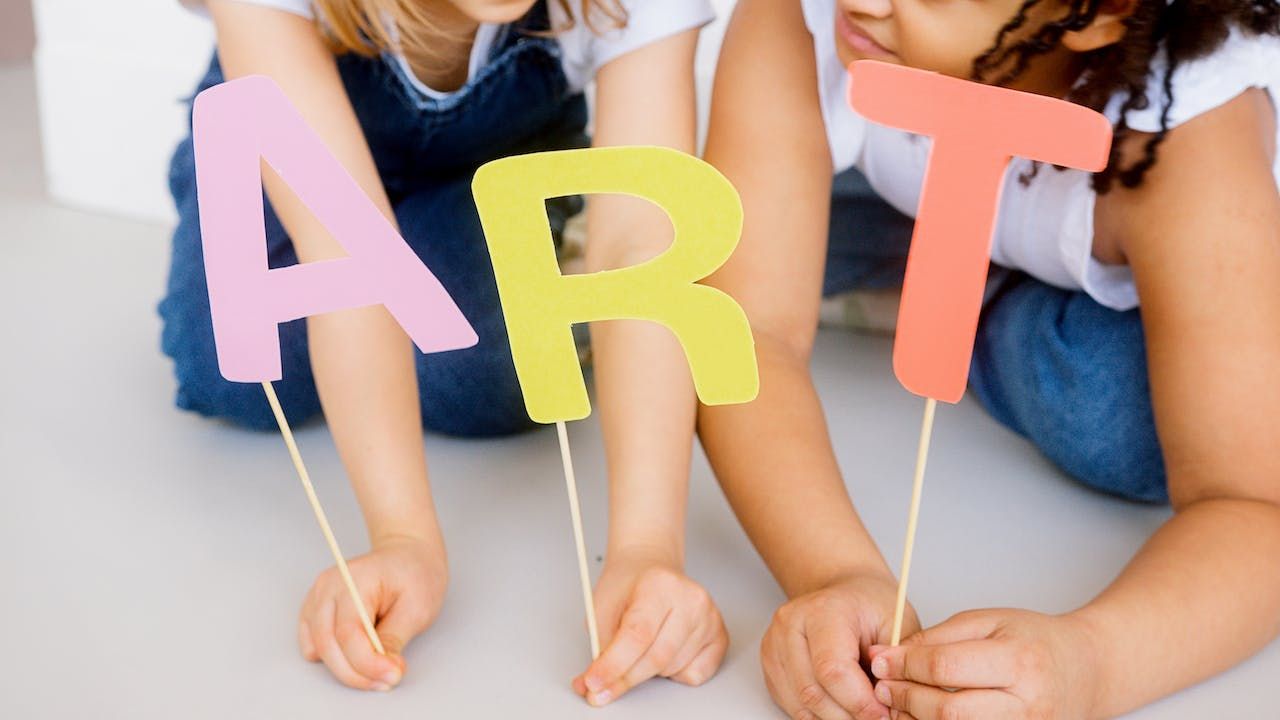
Understanding the Essence of Craft
Crafting is an expansive term used to refer to any activity which involves creating unique handmade objects. Craft can take many forms, such as pottery, knitting and woodworking, and more contemporary structures, like paper quilling jewellery, making textile art, etc. Crafting allows people to hone their artistic abilities while turning everyday materials into beautiful works.
The Benefits of Craft Classes
Craft classes provide many benefits beyond simply creating beautiful objects. Engaging in craft activities has been proven to reduce stress levels and improve cognitive functions and overall well-being, as the hands-on nature allows individuals to focus their attention while feeling calmed by creating something tangible and satisfying. Furthermore, craft classes enable participants to unite as a community while sharing information, inspiring each other and building connections between participants.
The Rise of Craft Culture
Recently, there has been an incredible resurgence of interest in traditional and contemporary craft forms. People are becoming more drawn to the unique experience and satisfaction of creating something with one's hands; thus, the crafting culture has experienced an explosion. Craft enthusiasts now organize fairs, workshops, and exhibitions to honour and promote this ancient art form.
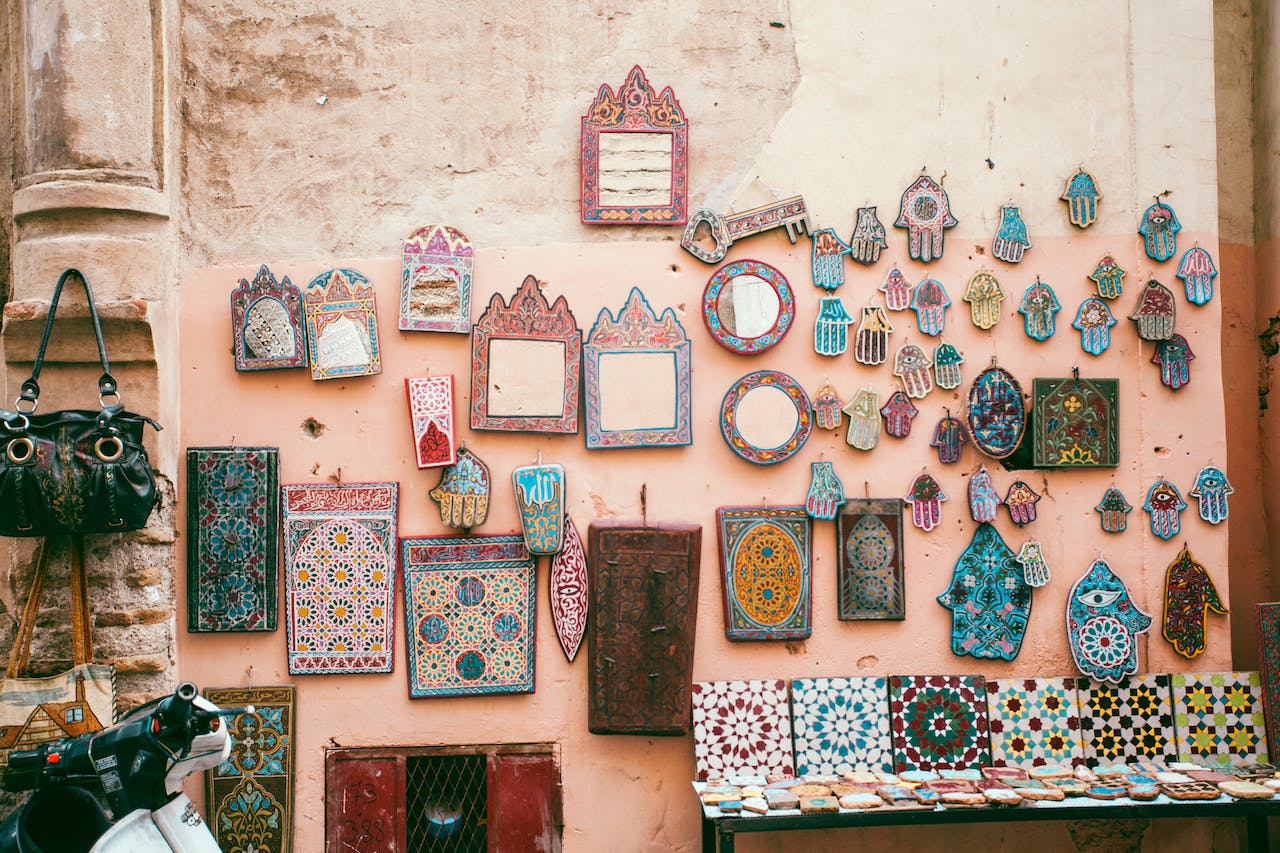
Diverse Craft Class Offerings
Craft classes cater to a range of interests and preferences. From revitalizing traditional forms to exploring contemporary forms, there is something for everyone regarding craft class offerings.
Traditional Crafts Revival
Traditional crafts such as pottery, weaving and stained glass making have long stood the test of time. Craft classes dedicated to these conventional forms allow individuals to learn age-old techniques while protecting cultural heritage. Not only can students acquire technical skills, but these classes also explore its history and significance for a deeper appreciation of this art form.
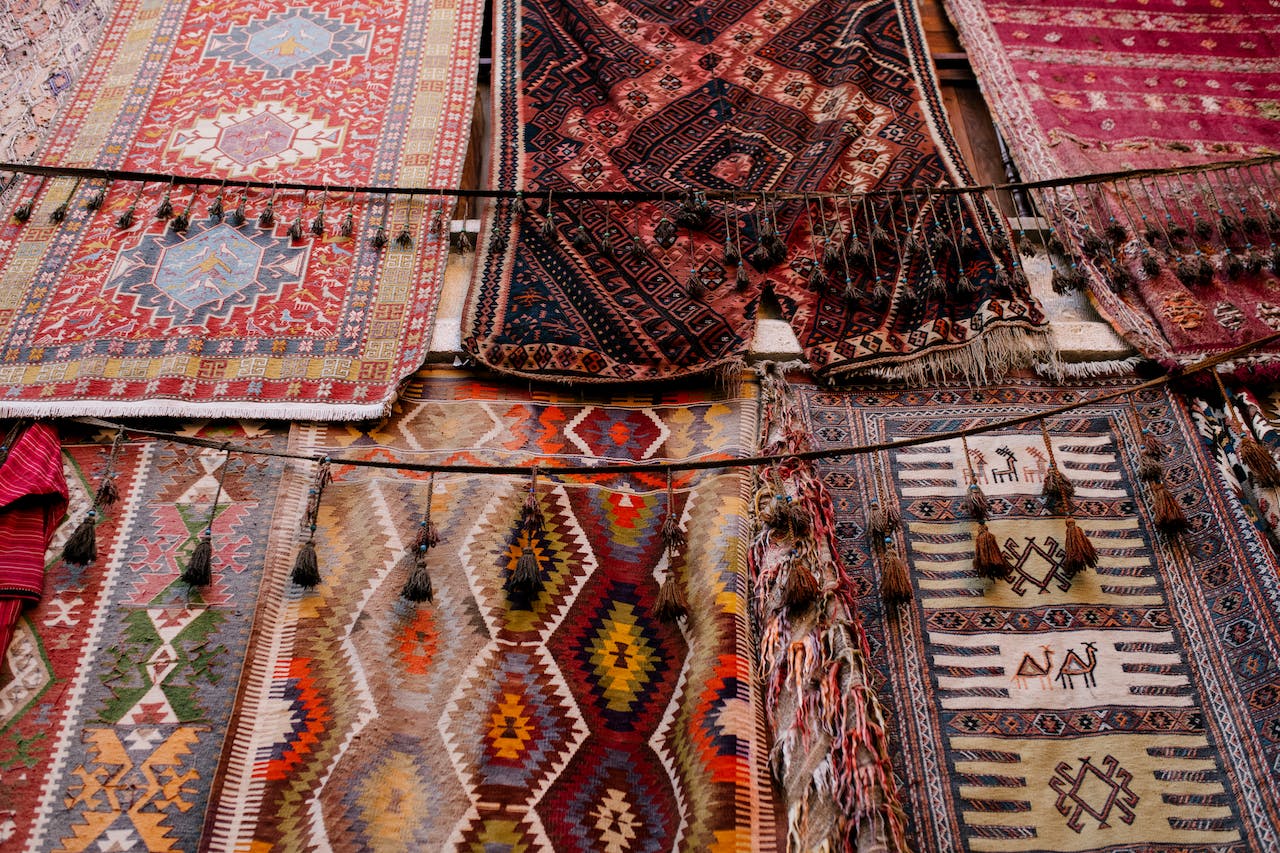
Contemporary Craft Forms
Modern craft forms such as paper cutting, resin art and upcycling offer a refreshing take on crafting. Craft classes focusing on these modern forms encourage experimentation, innovation and self-expression through unconventional materials and techniques used for these contemporary crafts - giving individuals the chance to push past traditional crafting boundaries to produce one-of-a-kind masterpieces with this art form!
Craft Fusions and Innovations
Craft fusions and innovations combine different art forms to form something remarkable. Classes that blend techniques from various crafts - like jewellery making with clay sculpting or embroidery with painting - foster innovation by encouraging individuals to think outside the box. Not only are such classes an opportunity for participants to acquire new skills, but they can also allow individuals to express themselves artistically by developing one-of-a-kind creations of their own!
Finding the Right Craft Class
Selecting the appropriate craft class involves considering your interests, goals, and preferences and researching available courses and instructors.
Understanding Your Interests and Goals
To select the perfect craft class, take some time to assess your tastes and preferences and your desired goals. Determine which craft most interests you while meeting these criteria - learning new skills, honing existing abilities or simply having fun while relaxing! Clarifying these objectives will assist in making more informed choices when selecting classes.

Exploring Personal Preferences
Take some time to identify which materials, techniques, and outcomes appeal to you most - whether it's pottery's tactile nature or embroidery's intricate stitch work. Natural fibres or mixed media interests you more; knowing your preferences will help you select a craft class that speaks creatively and intellectually directly to them.
Considering Skill Levels and Experience
Craft classes cater to individuals of varying skill levels, from novices to advanced practitioners. When looking for classes to attend, assess your skill level and any experience level considerations, such as whether the course introduces new basics or challenges your existing ones. References should also be given towards finding an instructor with whom you feel most at home for optimal instruction and guidance.
Setting Clear Objectives
Before beginning your search for craft classes, set clear objectives regarding what you hope to gain from attending them. Whether creating something specific, learning new techniques or exploring various art forms, having goals can help narrow down the options and find one that matches them.
Researching Craft Class Providers
Once you know what craft classes you want, the next step should be identifying potential providers. Check local community centres and adult education programs; many offer craft classes suitable for different skill levels. Arts and crafts stores may host workshops or categories as a hands-on learning experience. Online craft learning platforms also provide a range of courses that can be easily accessed in the comfort of your home.
Evaluating Craft Instructors
Before enrolling in any craft class, evaluating its instructor carefully is essential. Look for qualifications and experience demonstrating expertise in the craft, student feedback/testimonials that provide insight into teaching styles/experience, student testimonials/feedback for learning experiences overall and consider their teaching approach: do they encourage experimentation/creativity/personalized attention?

The Craft Class Experience
Engaging in craft classes is more than simply attending lessons - it is an immersive journey encompassing essential tools and materials, creative teaching methods, and building community connections within the craft community.
Getting Started: Essential Tools and Materials
Before embarking on any craft class, collecting the essential tools and materials is necessary. Depending on your preferred art form, this may include brushes, paints, yarn, needles or other specialized tools. Research all required materials beforehand so you have everything needed for participation - some craft class providers provide starter kits or materials lists to make this easier.
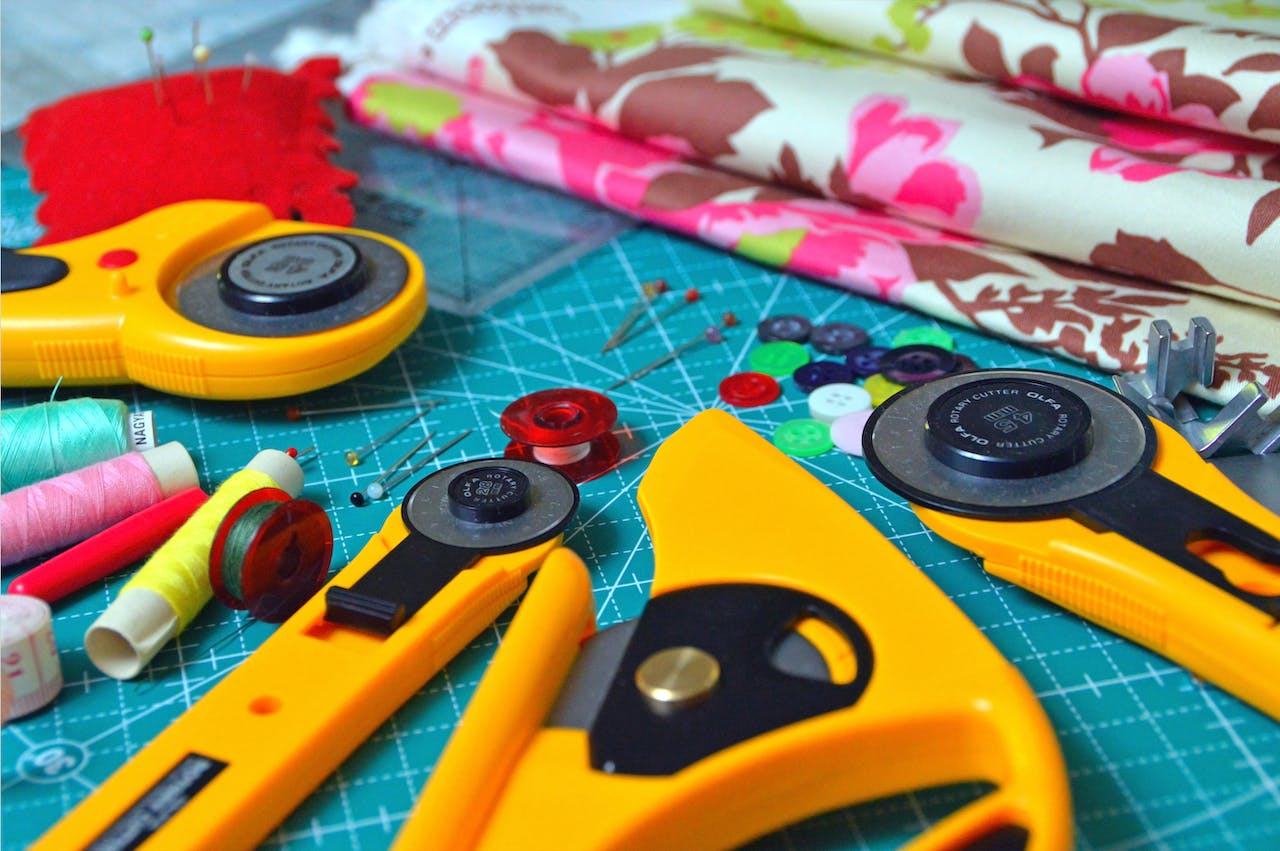
Exploring Different Teaching Methods
Craft classes utilize various teaching methods to meet their participants' learning styles and preferences. Some instructors take a more hands-on approach with clear instructions, demonstrations, or experiments, while others might encourage independent exploration and experimentation. By engaging in various methods yourself, you may discover techniques that resonate best with you and enhance your experience of craft classes.
Building Connections within the Craft Community
Craft classes provide an incredible opportunity to form lasting bonds within their craft communities. Interacting with fellow enthusiasts allows you to share experiences, insights, collaborations, inspirations and friendships - and open doors for collaborations and inspirations! Joining events related to crafting or online communities or participating in group projects can all help foster relationships within this vibrant crafting culture!
Conclusion
Craft classes provide the ideal platform to foster creativity, self-expression and community engagement. By offering various crafts to explore, learning new skills to perfect, meeting fellow enthusiasts and building meaningful connections - craft classes help unleash each person's true potential and creative spark. Bring out the hidden artist in you today - embrace craft class experiences like no other and start on an extraordinary creative journey!
FAQs
Are crafting classes designed for people who need prior crafting experience?
Craft classes are tailored for individuals of all skill levels, including beginners. Don't worry if this is your first experience: craft instructors are specially trained to guide and support beginners through their artistic journey. Take this chance to discover something new while making mistakes as part of the learning process; with proper guidance and practice, you will soon find yourself creating beautiful crafts!
How can I maximize a craft class?
To maximize a craft class experience, approach it with an open mind and willingness to learn. Utilize your instructor's expertise by asking questions and seeking feedback; embrace challenges as opportunities for growth; practice regularly outside class to reinforce what has been learned; and enjoy yourself while letting creativity flourish!
Can craft classes be pursued professionally?
Craft classes provide an ideal foundation for pursuing a professional craft career. Take advantage of networking opportunities within the craft community and seek guidance from experienced professionals - your dedication, passion, and constant learning can pave the way to a professional craft career!

